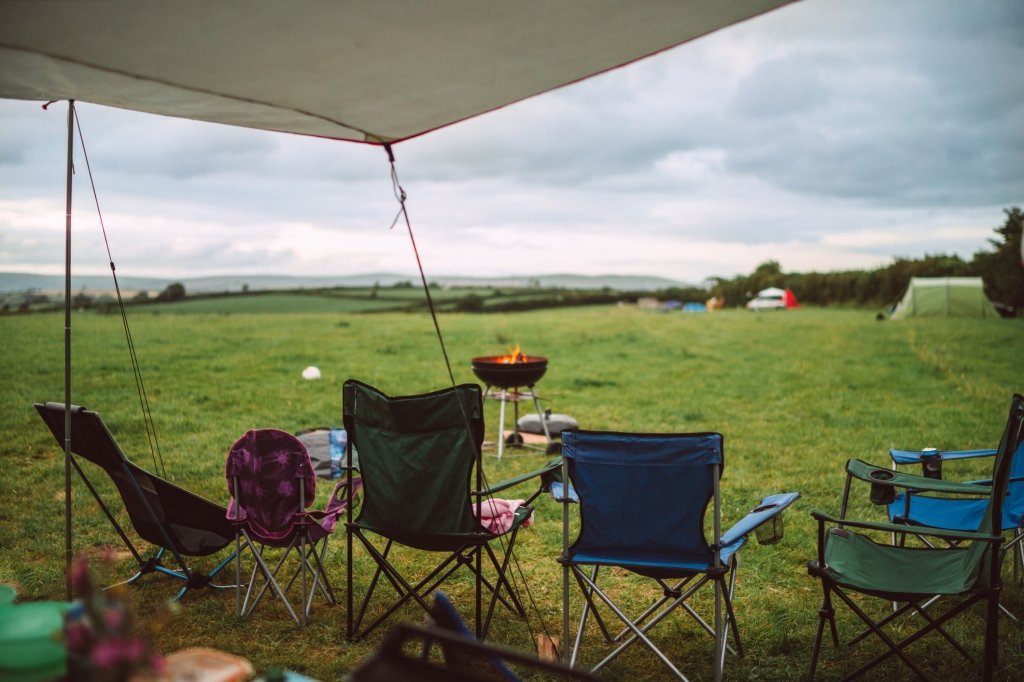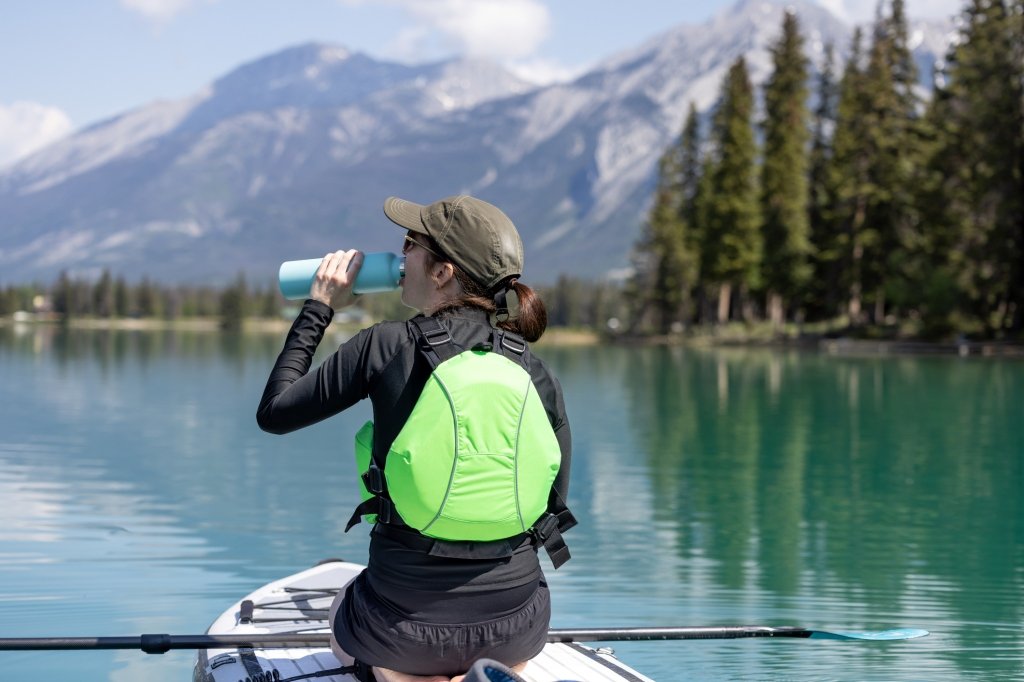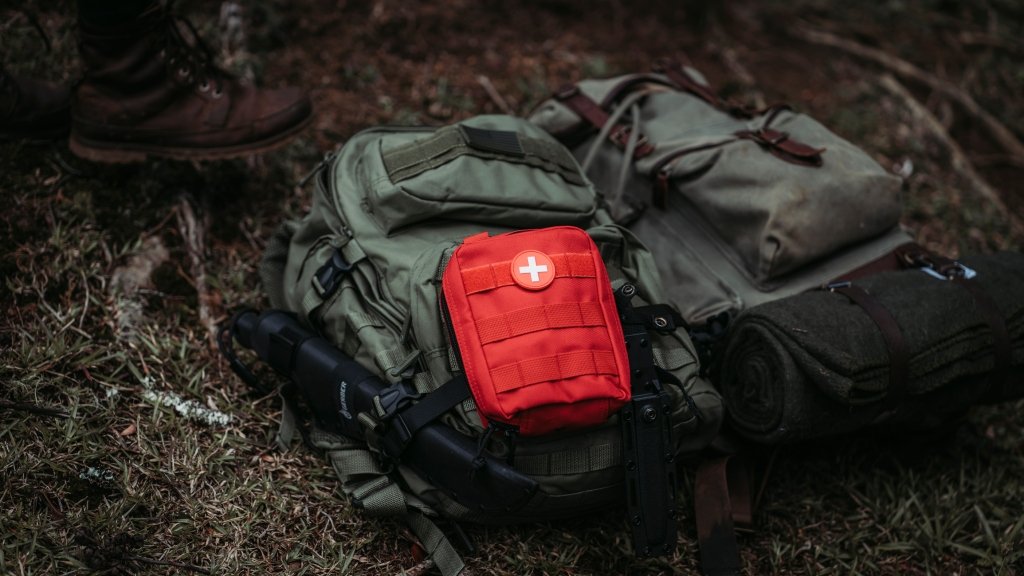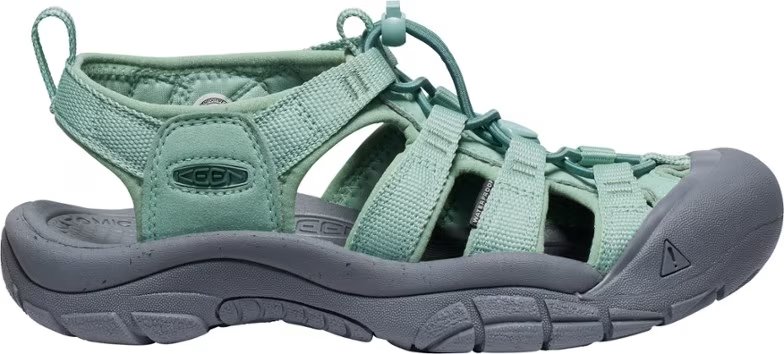Essentials: How to Pack for a Stand Up Paddleboard Camping Trip
Taking to the water for a camping trip offers an incredible way to experience the outdoors in a different element. But while an overnight adventure with your standup paddleboard (SUP) will bear some similarities to a traditional camping trip, there will undoubtedly be some new challenges that come along with water-based adventures—like packing for one.
With weight limits to keep your board safely afloat and space limitations, you have to capitalize every inch and pound to ensure you can carry everything you might need (and want) for your SUP camping excursion, from creature comforts to preparedness must-haves.
1. Dry bags galore
One of the essential pieces of gear when you head out for a paddleboard camping trip: dry bags. Keeping your devices safe and your clothes and sleeping gear dry will help ensure the excursion stays enjoyable and comfortable.
For bigger gear, like your tent, sleeping pad, sleeping bag, and clothes, NRS’ 65L Bill’s Dry Bag should fill the bill, with backpack straps for easy transport off your board and to your campsite.
For smaller essentials, such as a phone, charger, matches, and a flashlights, a small dry bag will help keep these items organized and out of the water’s way. Sea to Summit offers a variety of options from 1L and up.
2. A double-duty camp chair
If you’re paddling for extended periods, you might want to give your legs a break—and if the wind picks up, you may not want to be standing at all. Alps Mountaineering makes a versatile and lightweight folding chair that can be used as a makeshift seat for your paddleboard and can provide a comfortable place to take a load off once you get to camp, too!

3. A lightweight cooler
Depending on how long you plan to be off the grid—and what you plan to eat or drink—a cooler can be a must-have or a luxury item. If you decide to bring one, you’ll want to find an option that sits stable on your board and doesn’t add too much weight. RTIC’s products are known for their superior insulation. The brand makes a 20-quart hard cooler that weighs 19 pounds when empty and soft coolers that range from 2.5 to 5.5 pounds when empty.
Be sure to factor in the weight component as you fill it to ensure your board can accommodate you plus your gear! Not sure which to choose? The perk of a hard cooler: Once strapped to your board, it can also make for an ideal seat to rest your legs!
4. A weather-ready tent
In keeping with the packing-light theme, you’ll want a good tent that won’t weigh you down. Whether you’re traveling with a companion (human or animal), or traveling solo and like a little extra room to spread out, the REI Half Dome SL 2+ Tent is a great option. It has a packed weight of just under 5 pounds, and it’s quick to set up once you’re ready to settle in at camp. Bonus: It has great ventilation, if you’re camping somewhere particularly warm, and the rainfly will keep you cozy and dry if weather rolls in—we’d highly recommend packing it whether you’re expecting rain or not, just to be safe.
5. Cinch straps

Whether you’re paddling through rapids, waves or a leisurely channel, you’re going to want to have your gear strapped down. Some boards are equipped with bungee systems on the front and back to accommodate some items, such as a life jacket, water bottle and small dry bag.
But for the more oversized items, it’s best to secure them down with straps, so they don’t end up in the water. You can find cinch straps at any hardware store or tie-down straps from Isle Surf and Sup.
6. A patch kit
Rocks hidden under whitewater, an unexpected shallow section, felled trees beneath the surface—punctures may be rare, but they can happen, and it’s best to be prepared.
Patch kits only take up a little space and won’t add much weight, so there’s no excuse not to pack one. Make sure you find a patch kit suitable for your board, i.e., if you have an inflatable board, you’ll need a different patch kit versus fixing a ding in an epoxy board. For inflatables, try PVC Stitch or Sea Dog Water Sports kit. For hard boards, try Phix Doctor’s Repair Kit.
7. Cooking essentials
All that paddling is sure to help you work up an appetite! To prioritize keeping your paddleboard afloat, choose cooking gear that’s lightweight and easily transportable.
Jetboil’s Mighty Mo is about as small and compact as camping stoves come at just 3.3 ounces. Pair it with the brand’s Summit Skillet or MSR Alpine Stowaway Pot (depending on what you’re cooking), and you’ve got a great little backcountry kitchen set up!
For serving up your food, the UCO Gear’s 6-piece Mess Kit is lightweight and multifunctional. It offers a place to store leftovers or can act as a safe haven for food items that might crumble inside your dry bag (like taco shells).
Looking for a meal that’s filling and delicious and won’t add much weight to your board? Backpacker’s Pantry has many options to choose from that can accommodate many different diets (including vegan and gluten-free). The Vegan Pad Thai is a fan favorite, even among carnivores. All you have to do is add boiling water and enjoy.
8. Plenty of hydration
Remember your H2O—you’ll surely need it to stay hydrated and might need it for cooking, too. Opting for large Nalgenes (48-ounce) offers a great way to keep weight light on your board while still packing enough water to stay satiated. You may also consider packing a water filtration system, like a LifeStraw, to be safe if you need more than packed.

Love a backcountry beverage or a nightcap under the stars? Enter: High Camp Flasks. Their unique Electrogloss clean technology ensures that the flavor of your drink of choice won’t be tainted, and with vacuum insulation they provide 24-hour temperature control (hot or cold!). Bonus: With a tumbler attached, you don’t need to pack an extra cup.
9. Leave-no-trace necessities
When nature calls, be sure when you answer, you answer responsibly. If you’re fortunate to be camping somewhere with bathroom facilities, that’s a win! If not, remember to follow leave-no-trace principles.
If you can dig a cat hole where you’re camping, add a PACT Outdoors Outdoor Bathroom Kit to your pack—it’s equipped with everything you need, from a hand-held shovel to wipes and hand sanitizer, too. Have to pack it out? Grab some Wagbags.
Remember to bring at least one garbage bag, too. If there aren’t waste bins where you’re camping, you’ll need to pack out everything you pack in.
10. Board safety essentials
For safety’s sake, there are a few key things to have on your board at all times—some of which may even be required depending on where you’re paddling. (You could get ticketed if you’re caught without these items!)
A life jacket or personal flotation device (PFD) should always be on your board and easily accessible in case of emergency; it’s also worth keeping it visible in case coast guards are making their rounds.
A whistle is also often required on your board so that you can make sure other boaters know of your presence, especially at night. It also can be helpful if you’re in distress and don’t have cell service to reach help.
Your board leash is also a handy and helpful safety accessory for your board. If you lose your balance and fall off your board, having a tether can help you return to it safely and with ease.
11. General safety needs

When you’re far from civilization in the backcountry—on land or water—you have to be self-reliant. Safety should be as much of a priority as enjoying the adventure. A well-equipped first aid kit should be in your dry bag to tackle any ailments that may arise from sunburns to sprains.
While camping and going off-grid isn’t synonymous with technology, having a communication device that allows you to be in touch—either to check in or call for help if needed—is always a good idea. A satellite communication device like the small and compact Garmin InReach won’t take up much space in your bag and allows you to communicate back to the “mainland” when necessary.
Any light device is a must-have to make yourself visible to other boaters and to move around safely when setting up camp on land! Headlamps are ideal for hands-free illumination, while solar-powered lights and/or flashlights are helpful to have around camp or to clip to your board if needed.
Source: https://outdoors.com/things-to-pack-for-a-sup-camping-trip/






